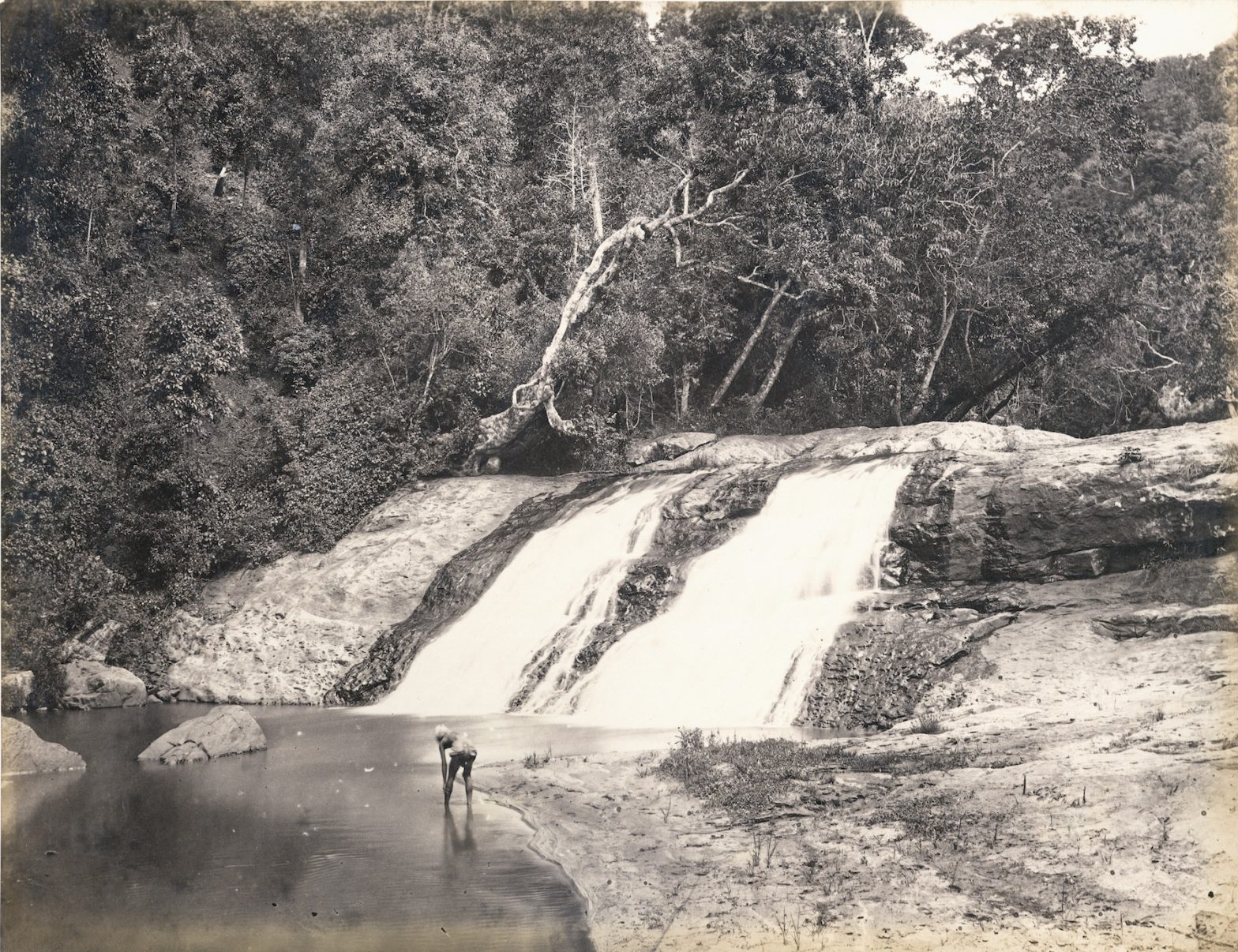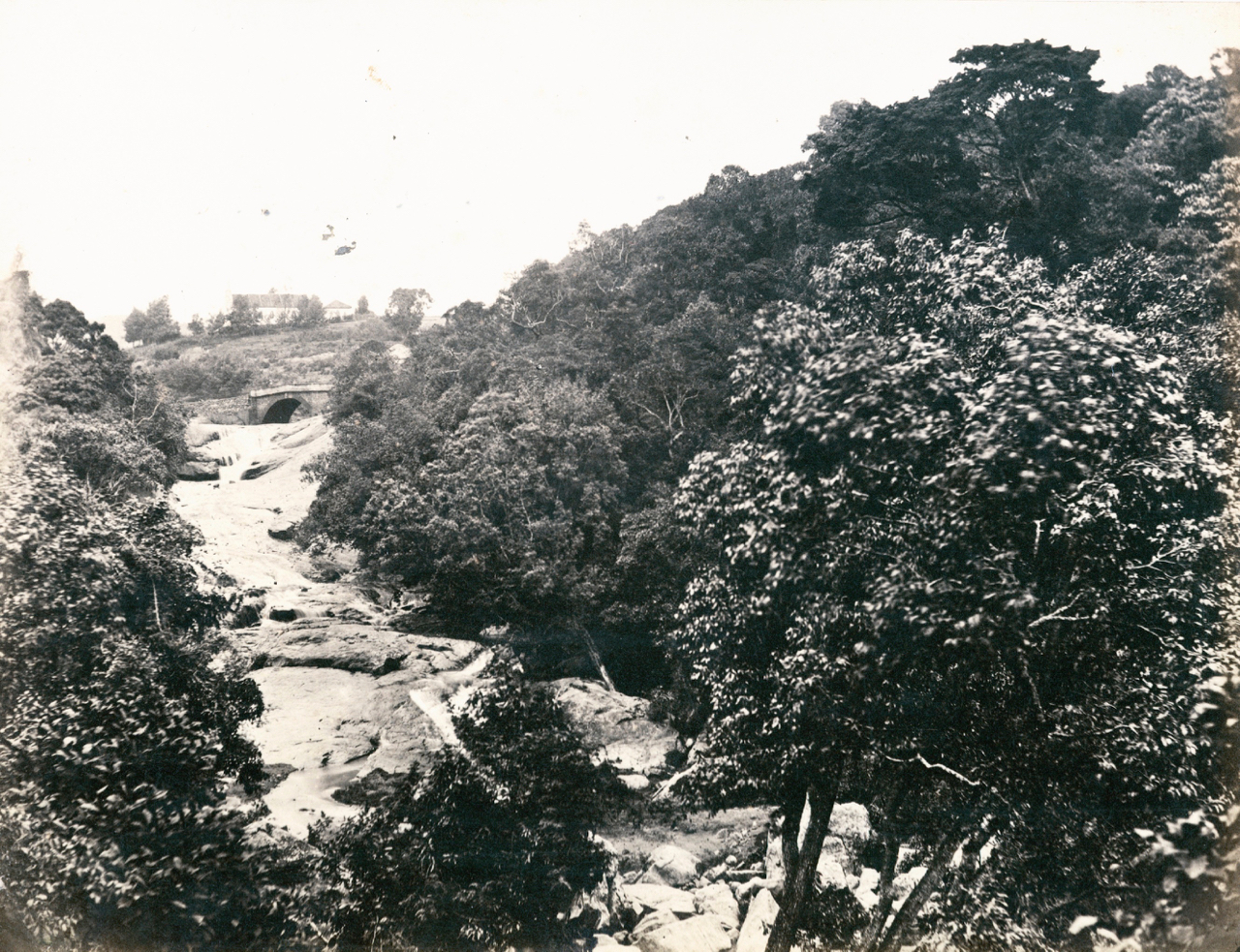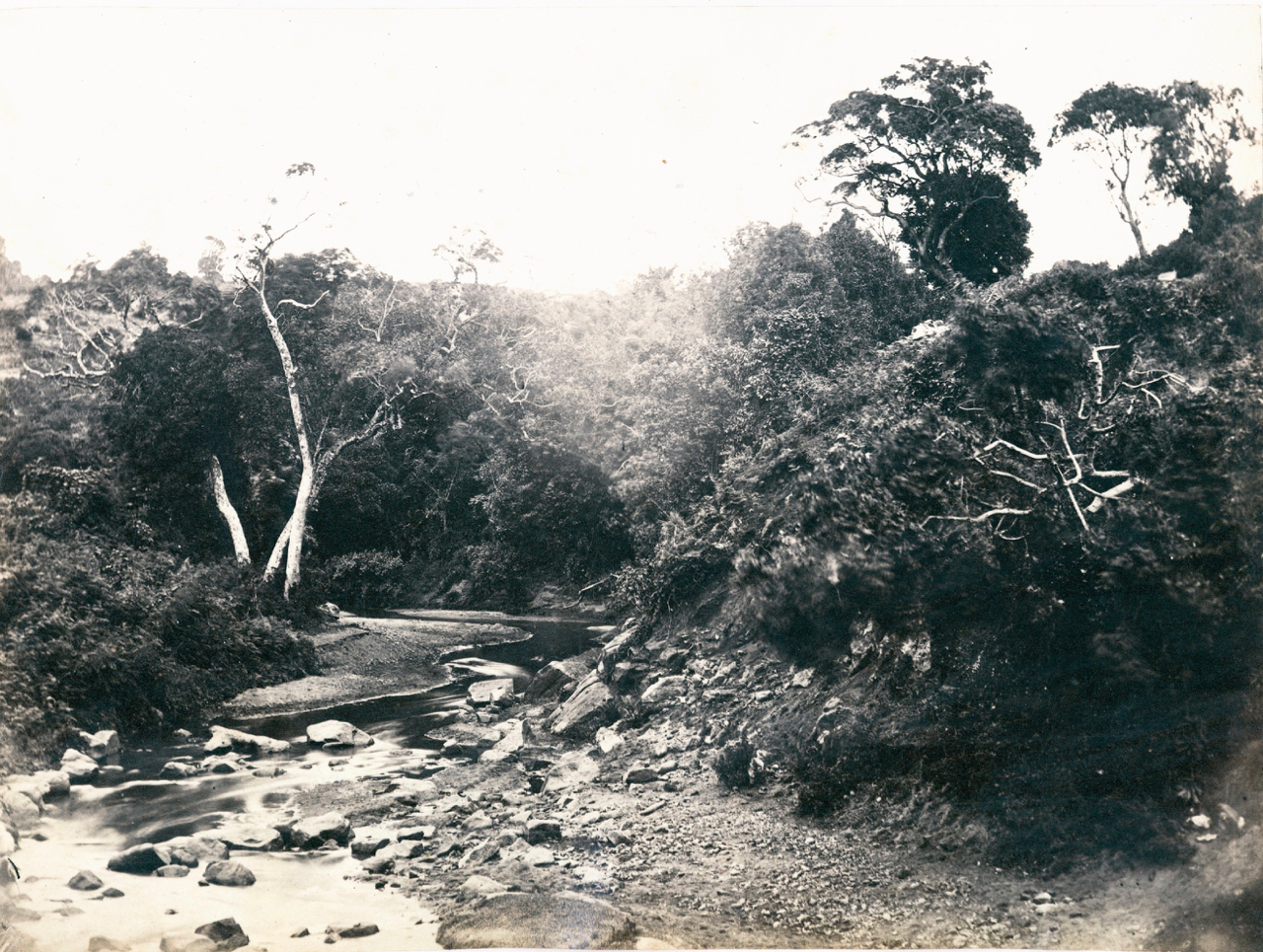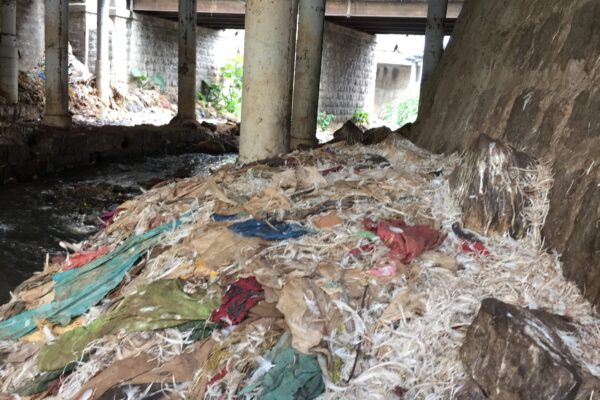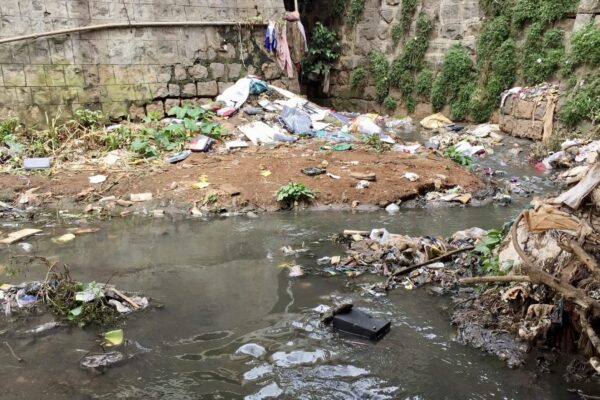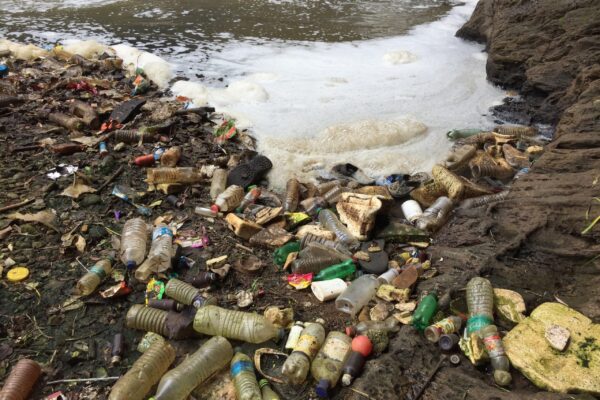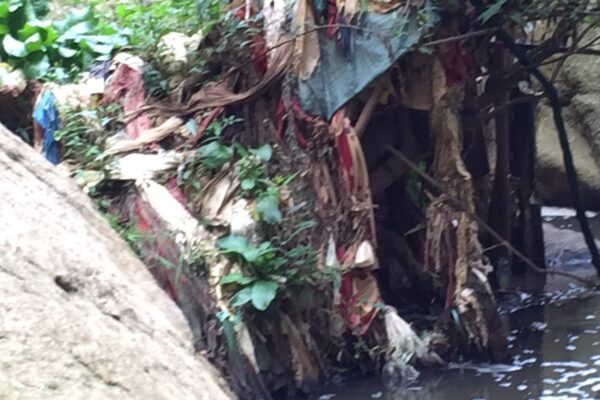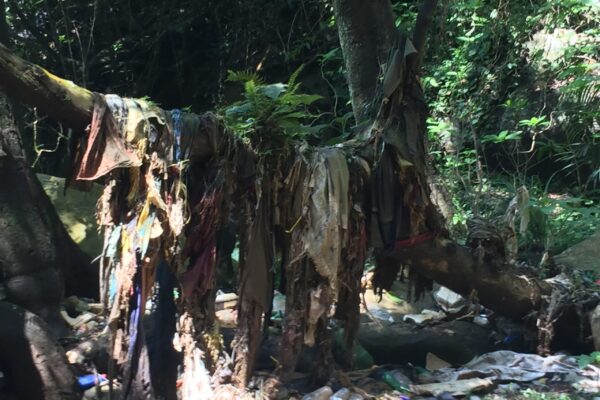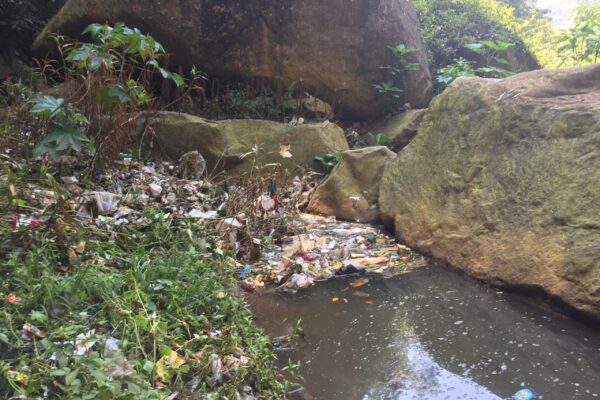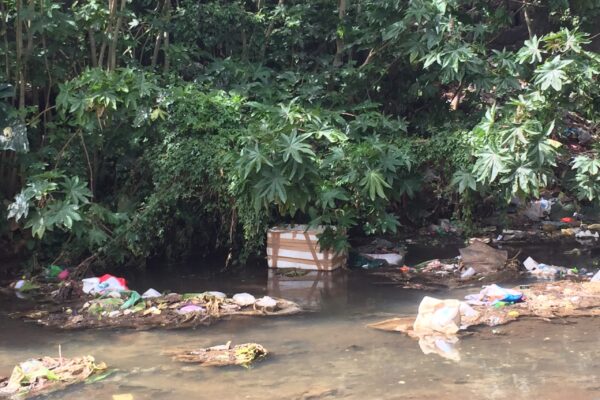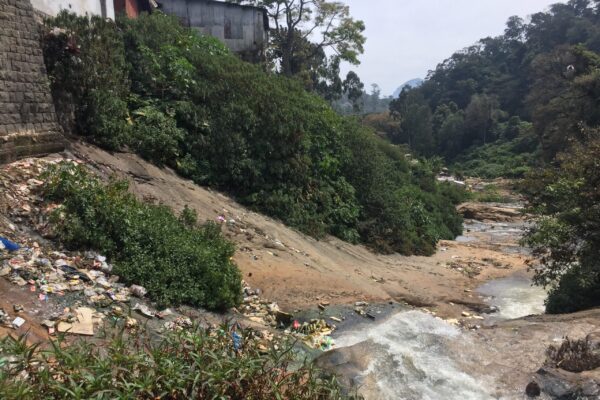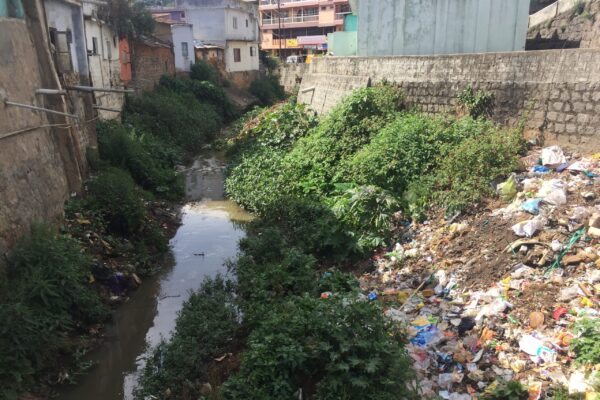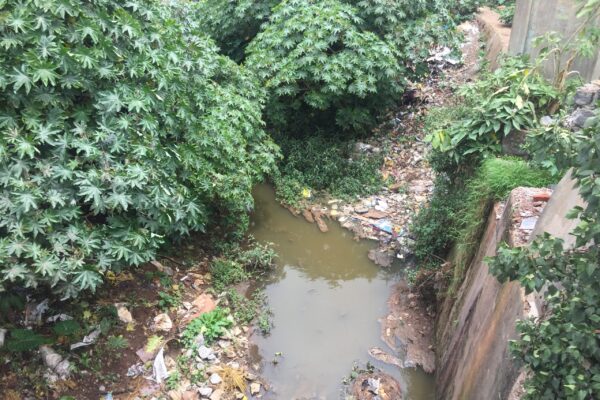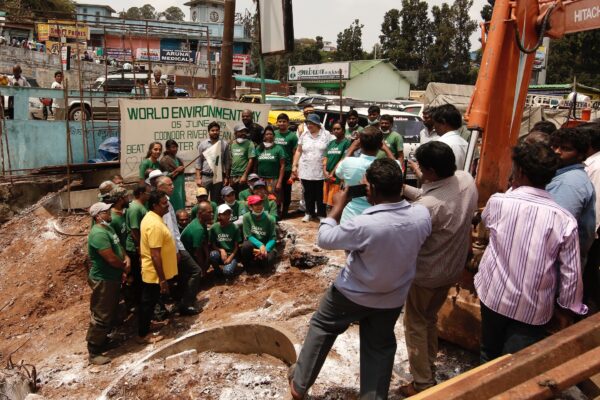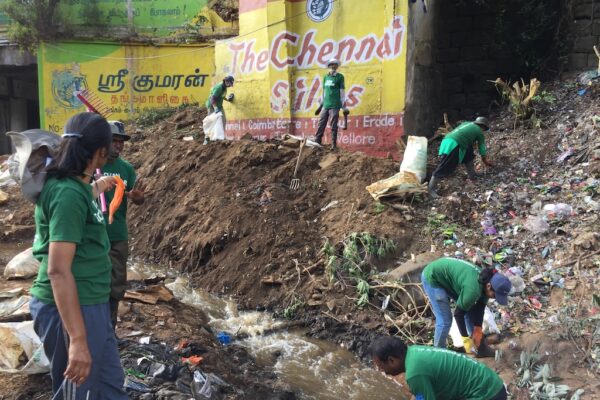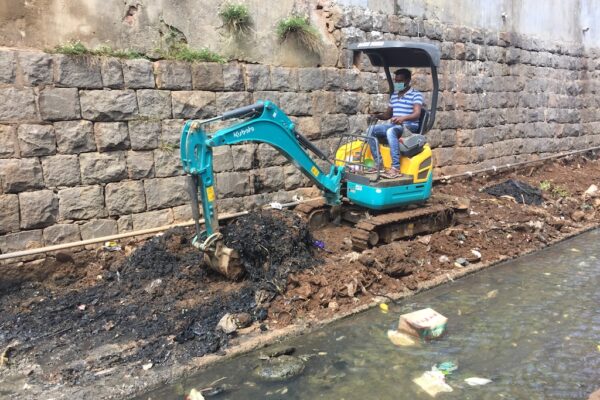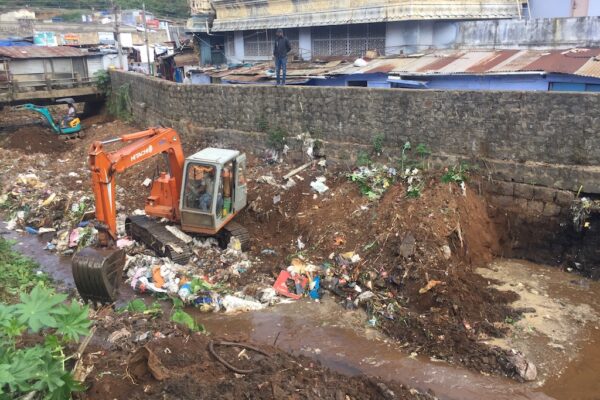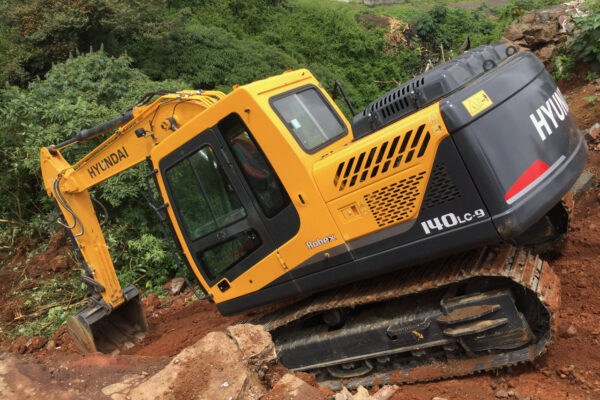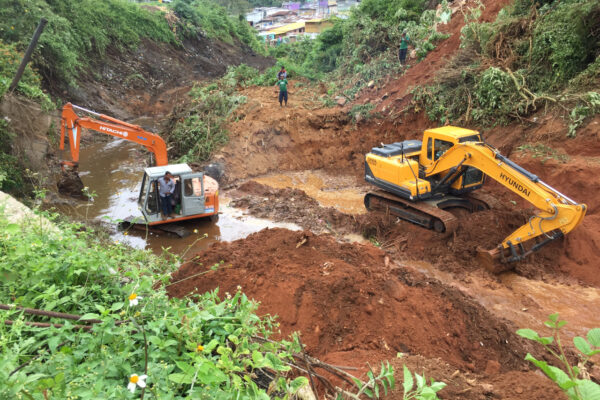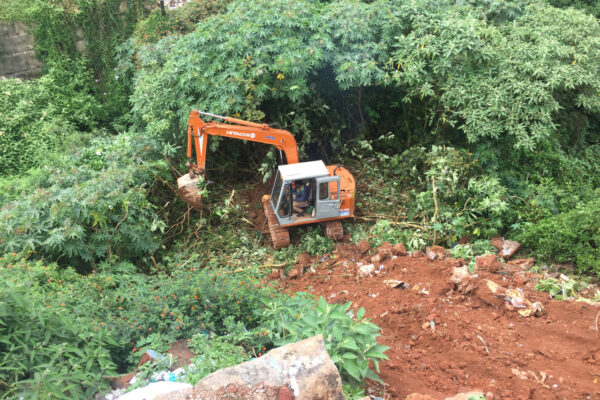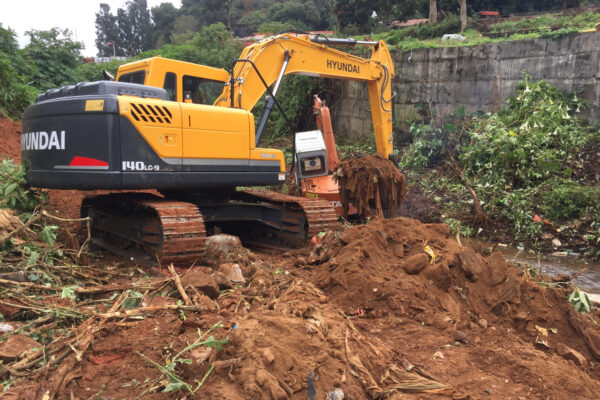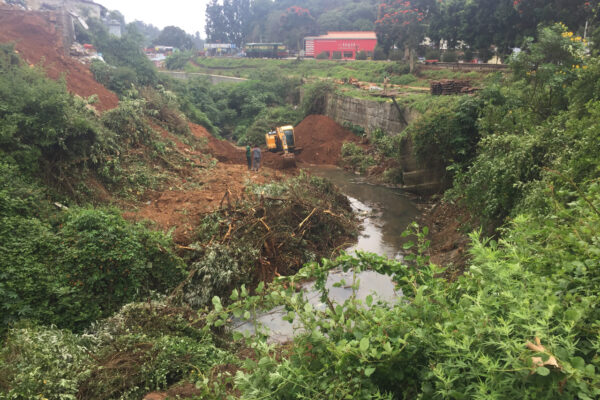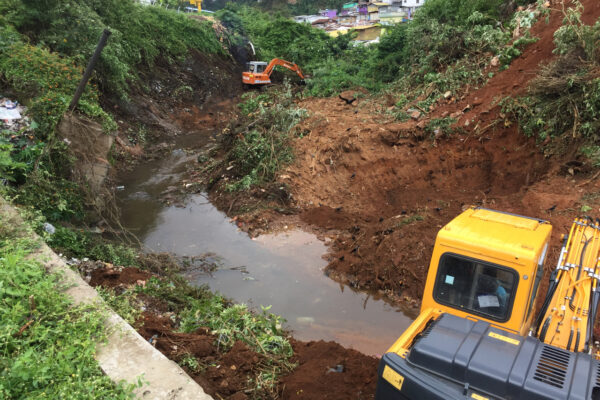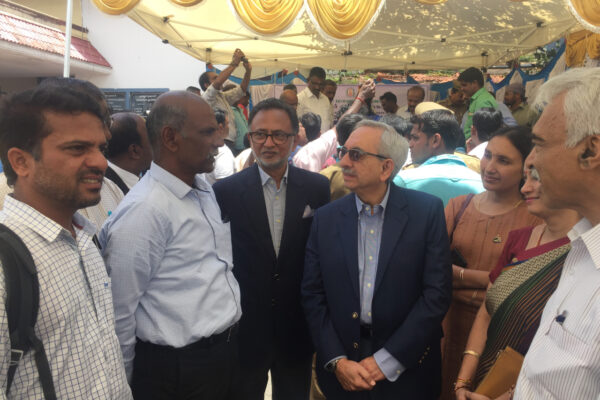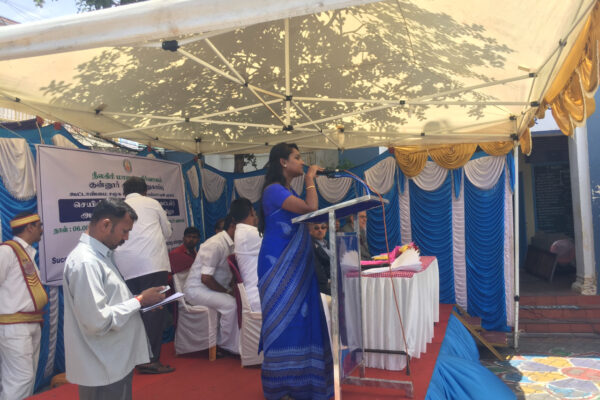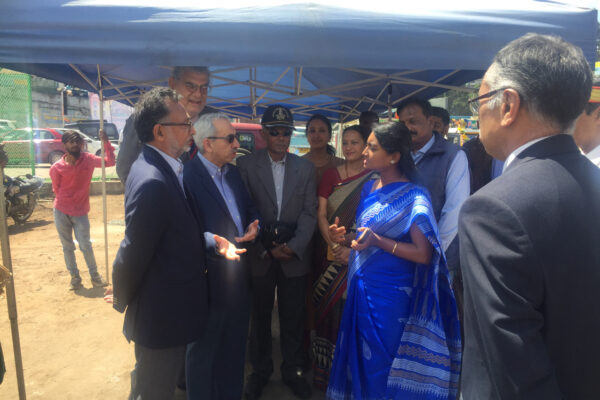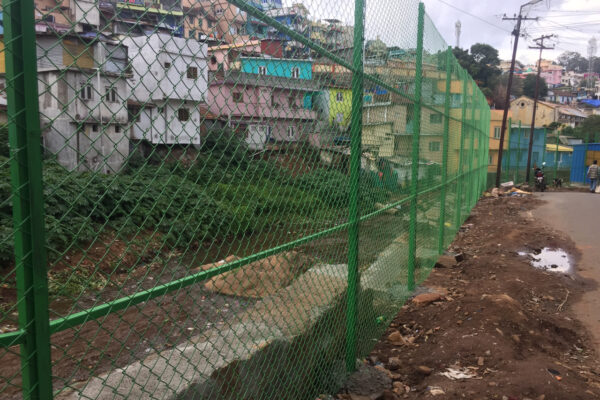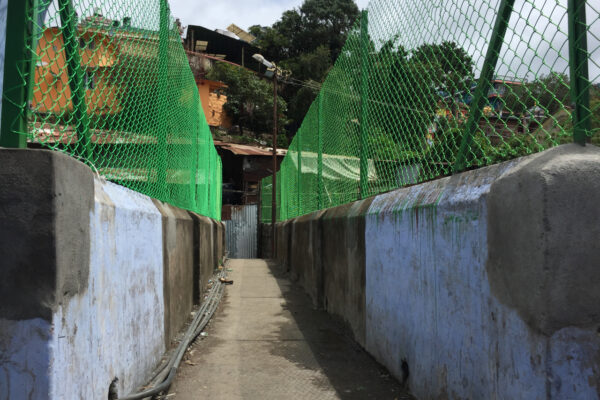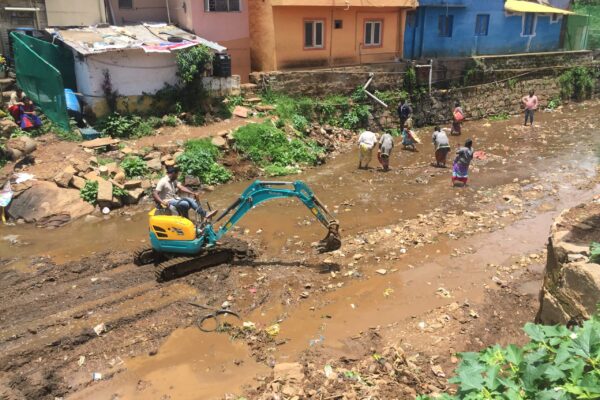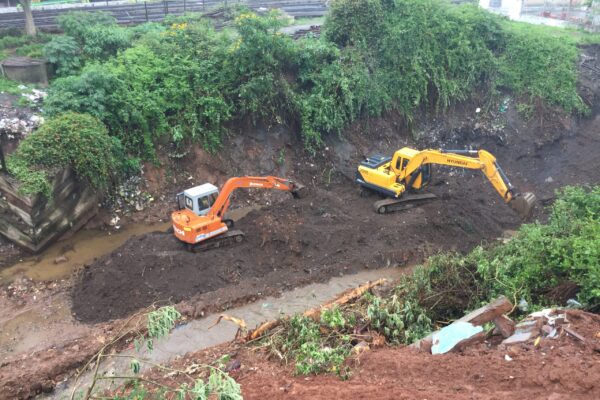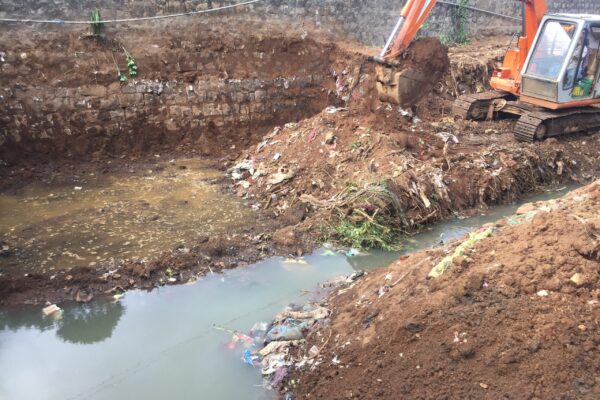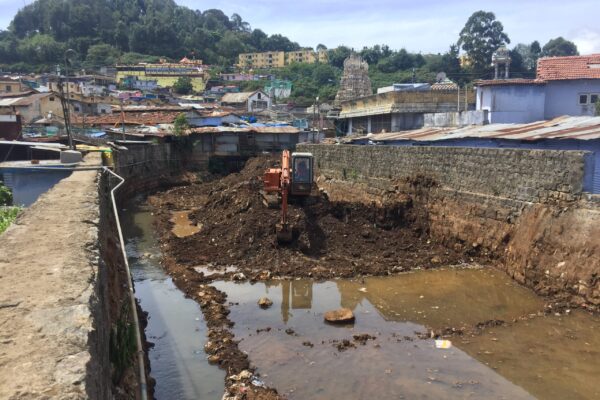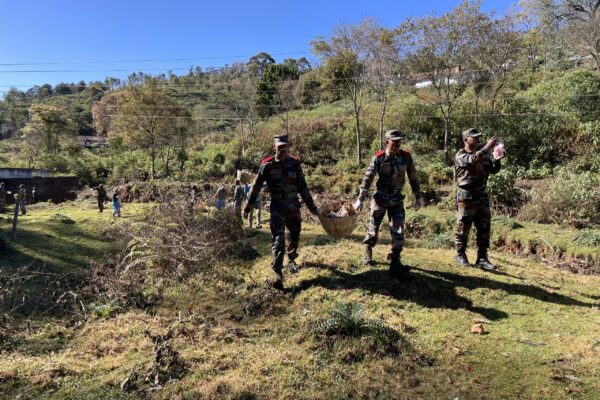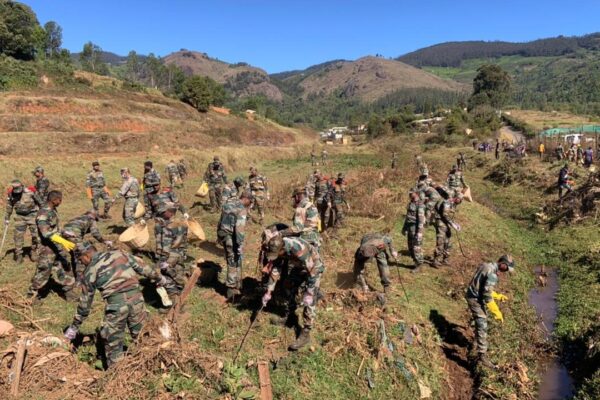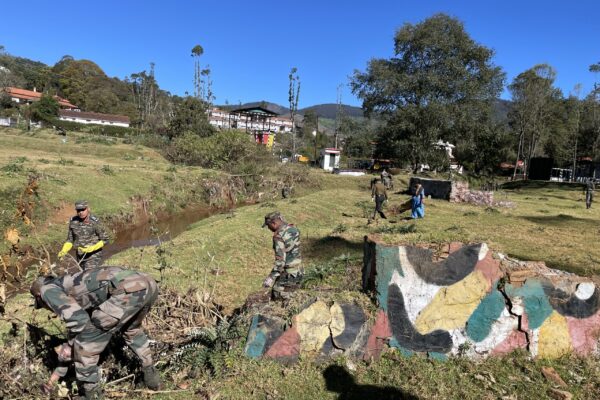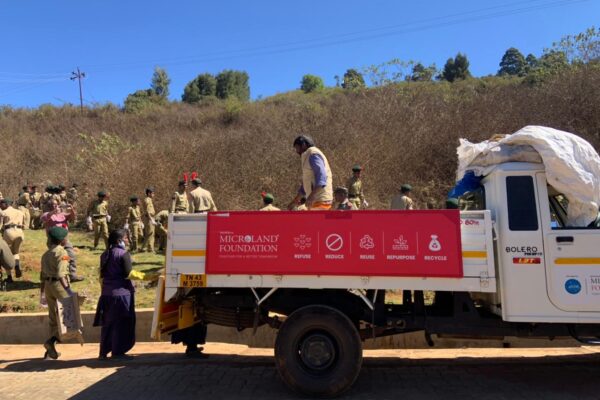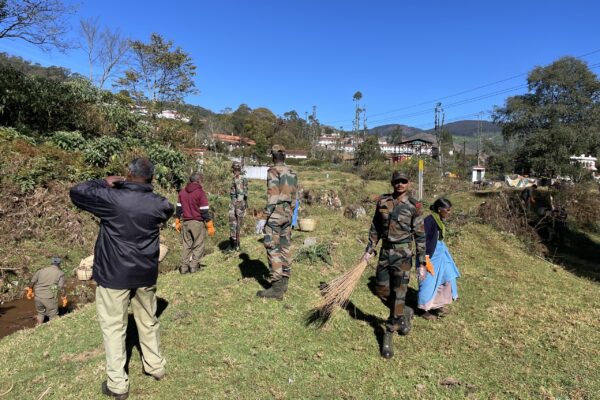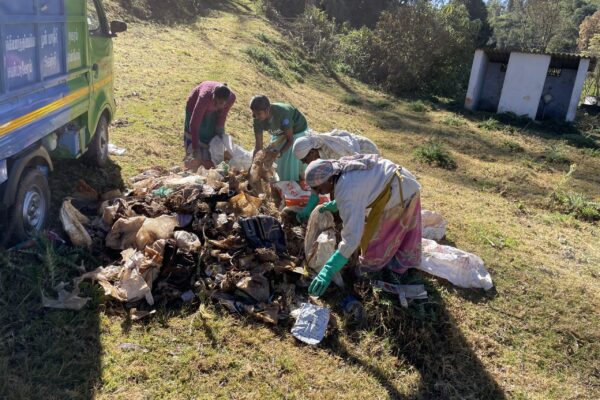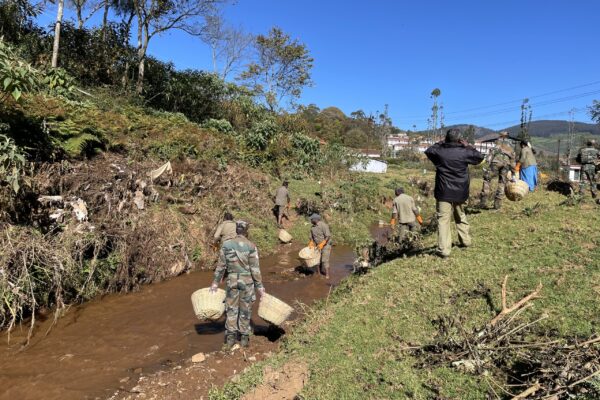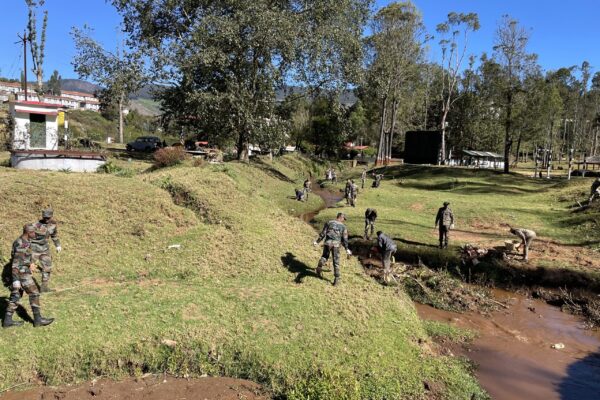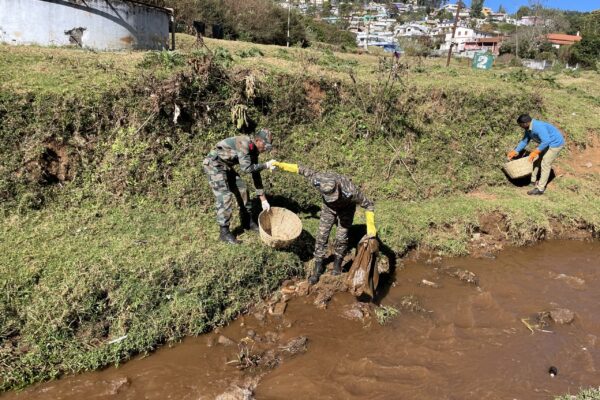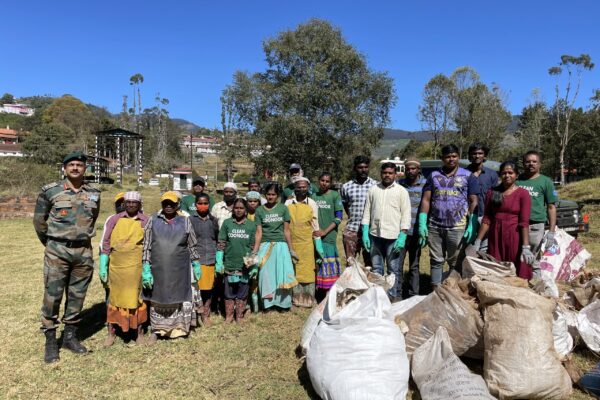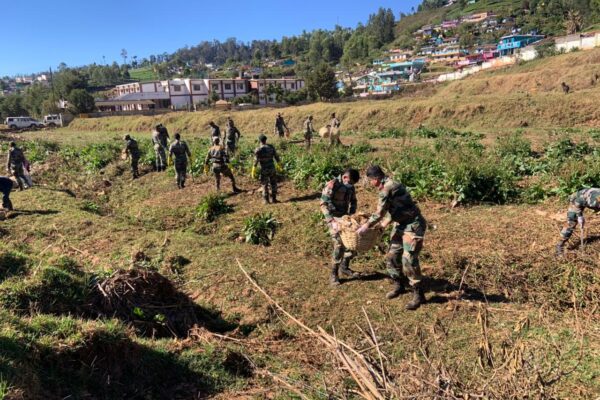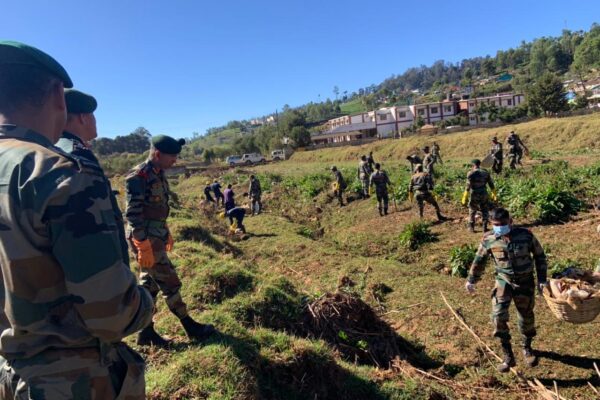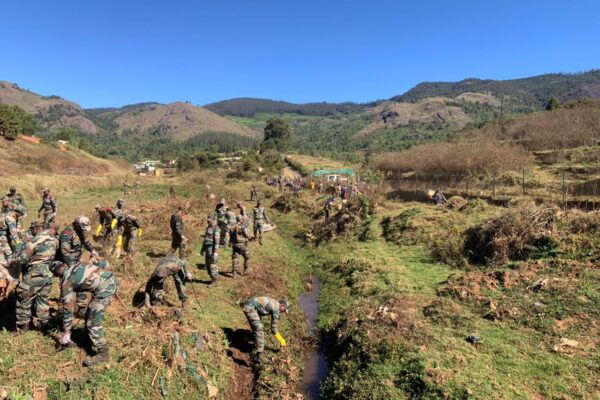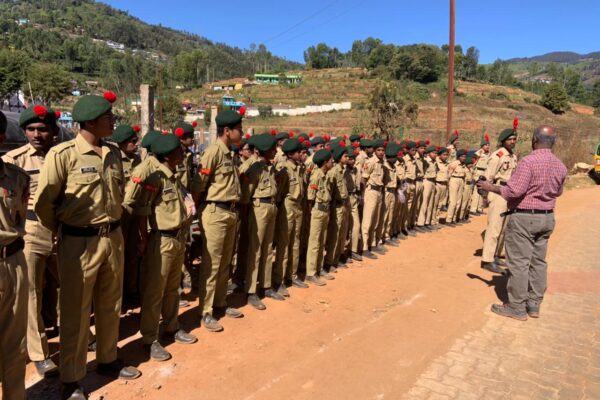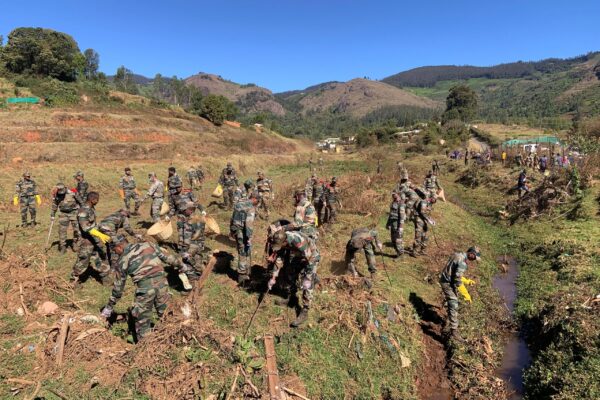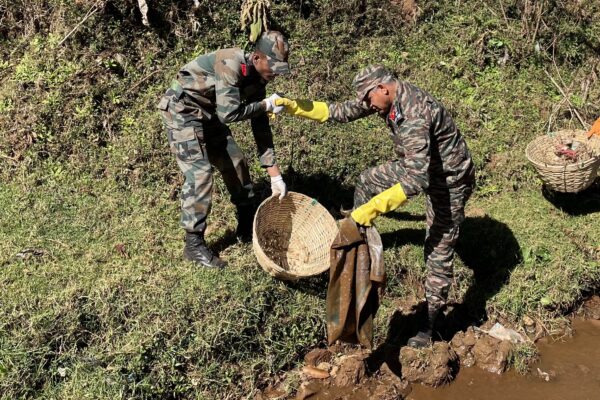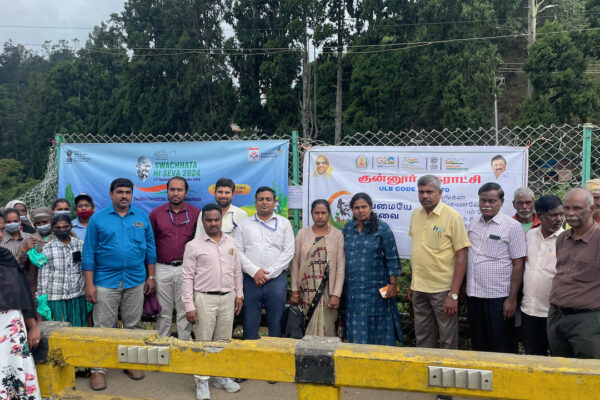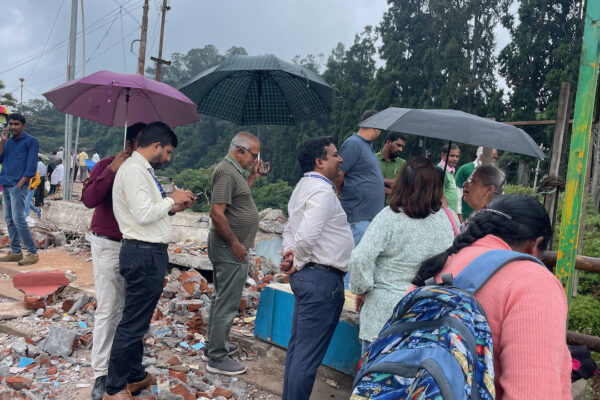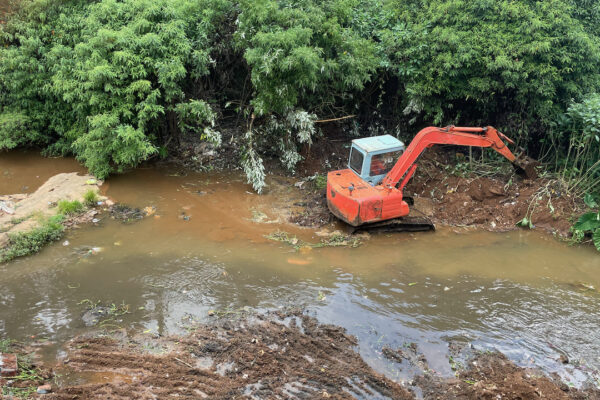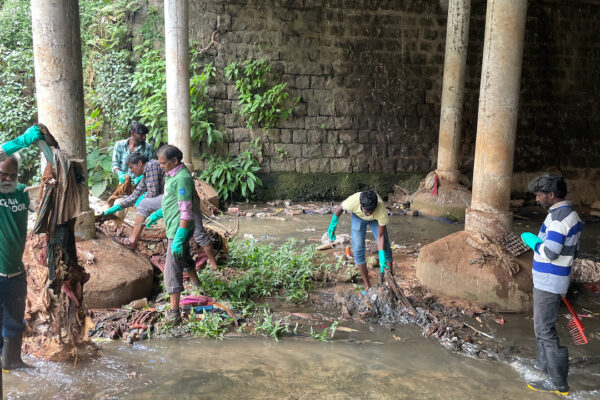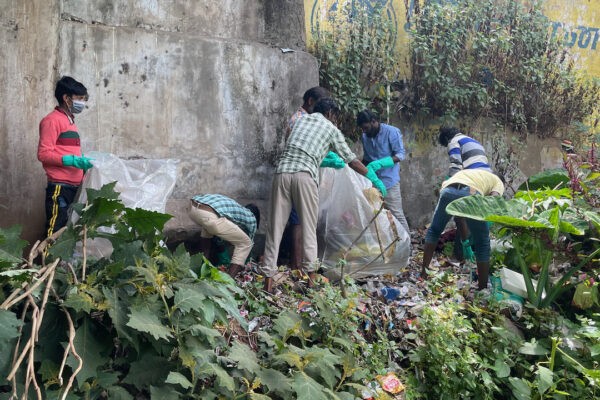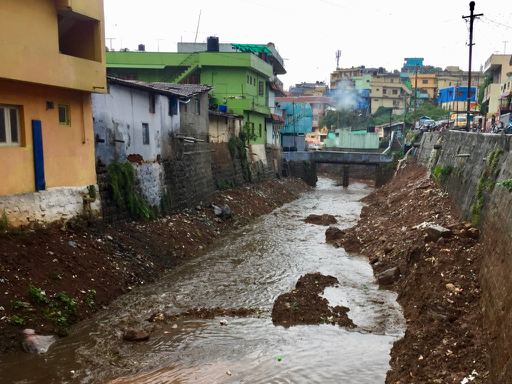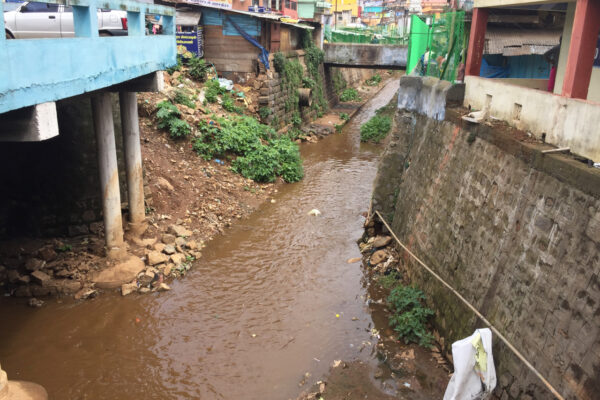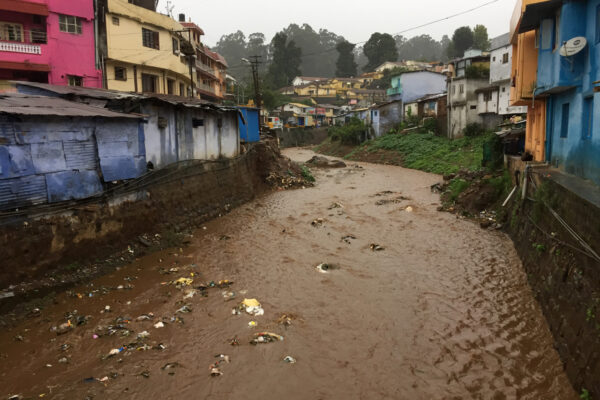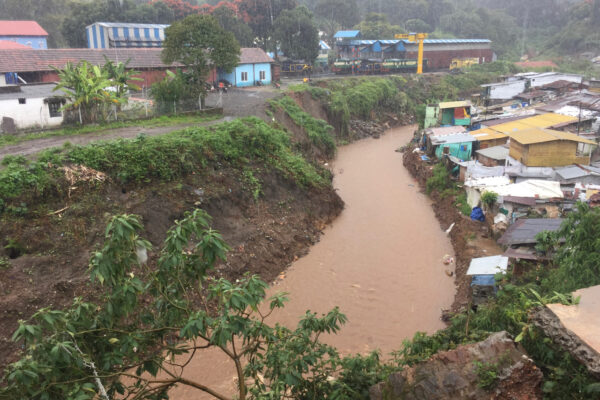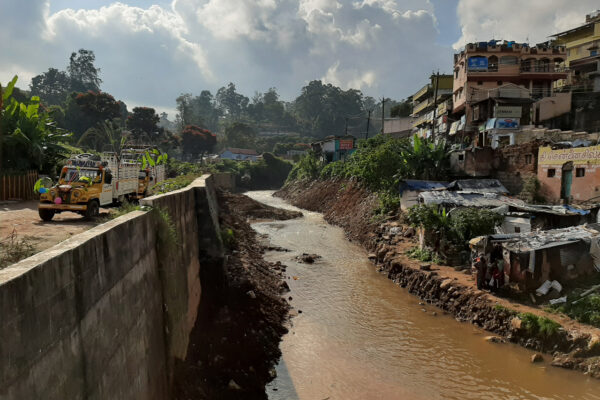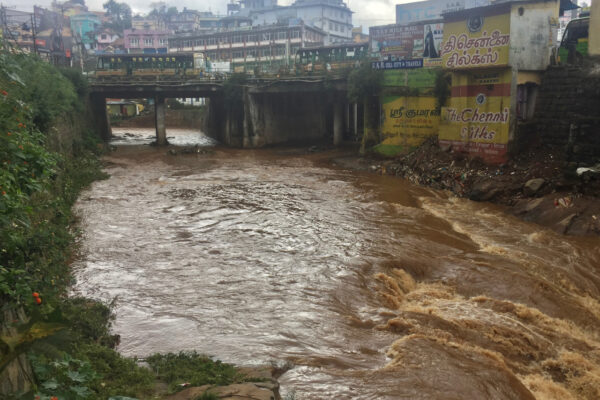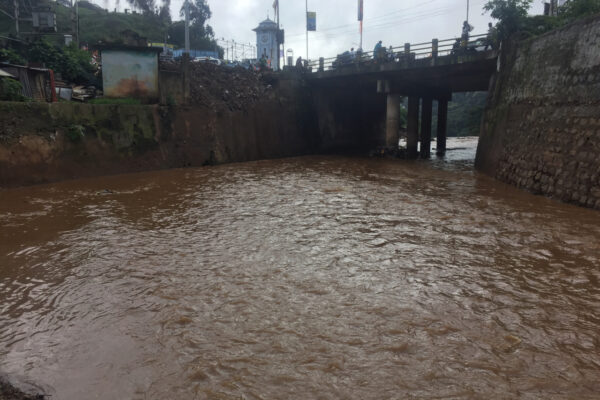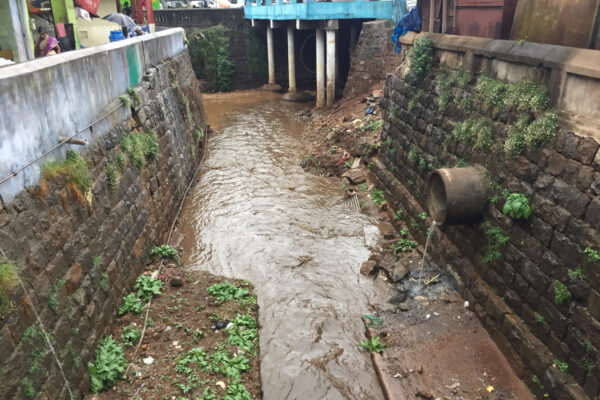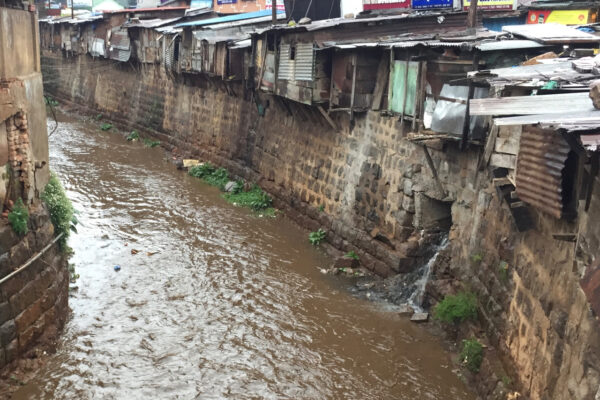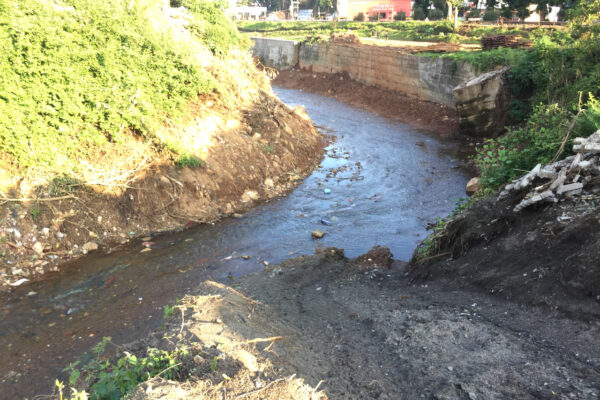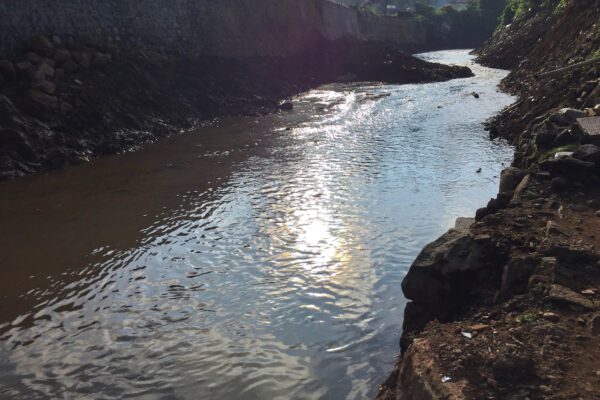A phased attempt to revive this mountain stream to its past glory.
Coonoor River’s Sorrow – Poem
Varada Menon, Oct, 17 2018
To the seven sacred rivers of India,
I am a sister
And I am weeping.
My tears are blocked;
I am jailed and tortured;
I cannot flow
With the wild abandon
as before.
I am filled with debris,
My song is almost stilled.
I weep silently.
No one sees my sorrow,
No one sees my tears
Or my fears.
They only see me as a means
To rid them of their waste.
I am so soiled, so neglected;
Save me please
Let me once again be
A flowing-free sister
Of Ganga, Yamuna, Saraswathi,
Brahmaputra, Narmada,
Godavari and Kaveri.
Let me not be still.
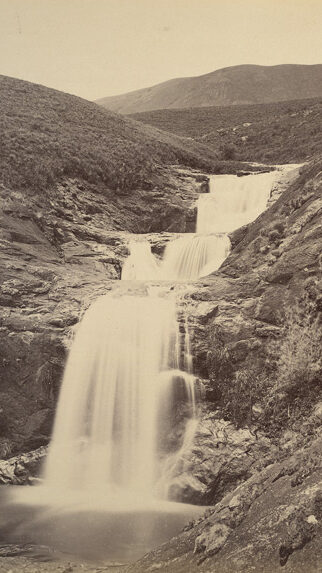
FAQs
What is river restoration?
River restoration is the process of managing rivers to reinstate natural processes to restore biodiversity, providing benefits to both people and wildlife. Reintroducing natural processes can reshape rivers to provide the diversity of habitats required for a healthy river ecosystem and ensure their long-term
recovery by addressing the root cause of the issue. Some rivers have been extensively modified to accommodate societal needs for food production, flood
protection and economic activity so it is not always possible or desirable to restore to a pristine condition. In this case, improvement of river structure and habitats within the adjacent constraints can increase overall biodiversity and mitigate some issues.
Why is river restoration important?
The fact that most towns and cities developed near rivers illustrates their importance to humans. Naturally functioning rivers and floodplains provide ample benefits to society including flood regulation, freshwater supply, tourism/recreation, water purification, carbon storage and improved human health. Many of these benefits, along with biodiversity and habitat, are compromised if rivers are modified.
How are rivers restored?
Ideally, to deliver multiple benefits to society and wildlife, river restoration should be considered at
catchment scale and prioritised as part of wider catchment plans.
River straightening, diverting and over-deepening has been common practice in the past, to create space for land development, enhance river navigation, improve land drainage and reduce flooding. Straightened channels generally lack flow and habitat diversity as their profile has been extensively
modified and their features have been removed. Straightening can increase the risk of flooding downstream as water moves faster through the modified section and increases discharge downstream. Remeandering reinstates a more natural course and river profile with the aim of improving habitat diversity and biodiversity.
If the banks have been reclaimed and developed, which is the case in most urban areas, it is often not feasible to make space for large-scale river restoration. If the river has concrete banks or bed, which is again often the case in urban areas, reinstating some natural processes within the river channel can be the next best option.
Where a barrier is no longer used for its initial purpose, there is a case for complete removal which would restore upstream and downstream connectivity.
How can I get involved
There are a number of ways to get involved in river restoration including practical works such as invasive species management or simple restoration techniques, chemical, biological and habitat monitoring which are important in identifying and understanding issues or recording the benefits of current projects.


